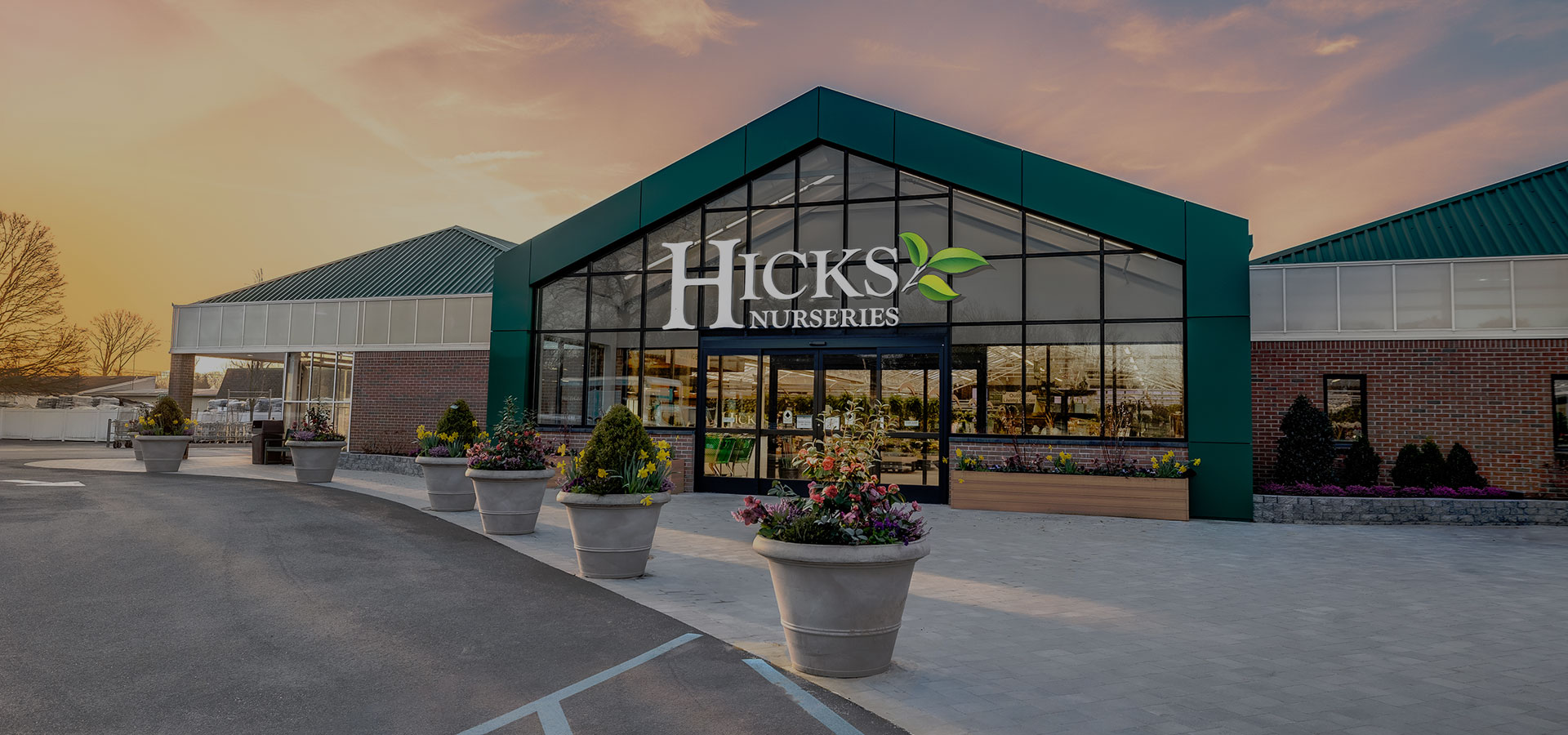[vc_row][vc_column][vc_column_text]We often talk about experience as one of the key drivers of why direct-to-consumer (DTC) brands make the leap into physical retail. Even with today’s most sophisticated technologies, it’s hard to replicate the emotional, sensory, social, and exploratory aspects of the in-store experience online.[/vc_column_text][/vc_column][/vc_row][vc_row][vc_column][movedo_title line_type=”line”]Touch Points Become Trust Points[/movedo_title][vc_column_text]What is often overlooked, though, is the element of trust. Consumers inherently trust brands that have a physical presence over those based solely online. In a recent report by global data intelligence company Morning Consult, roughly one-third (34%) of US consumers surveyed stated they don’t trust retailers with just an online presence. Meanwhile, 68% trusted retailers with just a physical store, and 73% trusted retailers with both a physical and online store.[/vc_column_text][movedo_empty_space][movedo_single_image image=”30097″ retina_image=”30097″][movedo_empty_space][vc_column_text]Furthermore, Modern Retail recently discussed the rise of the “DTC disillusionment” phenomenon. Consumers expressing remorse after spending a premium price to buy from a startup, only to find out that the online products aren’t all that different than products being sold at other retailers. That’s not to say there aren’t online-only brands that have better quality products, but the disappointment consumers are experiencing (even if on occasion) is casting doubt and reducing confidence.[/vc_column_text][/vc_column][/vc_row][vc_row][vc_column][movedo_title line_type=”line”]The Real Retail Apocalypse[/movedo_title][vc_column_text]Over the years, news headlines have been saturated with stories of physical store closures. But the reality is that if all direct-to-consumer brands were under the same scrutiny of physical retailers, we’re sure you’d hear an even more alarming story about online brands that unfortunately don’t survive. Physical store closures present unique visibility that is blurred or often disguised in the vast world of online retail. Currently, it’s estimated that there are 2.1 million online stores in the US and globally somewhere between 12 to 24 million. Even the estimates are difficult to pinpoint because of the extreme fluctuation.[/vc_column_text][movedo_empty_space][movedo_single_image image=”30767″ retina_image=”30767″][movedo_empty_space][vc_column_text]The commerce conversation isn’t about bricks OR clicks though. It’s about how they work together, and the future of retail presents one in which neither will live independently. We’ve discussed before the real truths that DTC brands face. From an increasingly competitive landscape and cost of acquisition to customer loyalty, lifecycle, and retention, we continue to see DTC brands (even some who we thought never would) turning to physical retail.[/vc_column_text][/vc_column][/vc_row][vc_row][vc_column][movedo_title line_type=”line”]The Click Before Brick[/movedo_title][vc_column_text]With more sophisticated customer data, understanding the online and offline relationship feels less like the chicken and the egg. Whether it’s shopping in-store to buy online or researching online to purchase in-store, we now know more about the inherent value that brick-and-mortar brings to retail. Even ecommerce monolith Amazon now finds itself depending on physical stores to expand its empire and retail advantage.[/vc_column_text][movedo_empty_space][movedo_single_image image=”30766″ retina_image=”30766″][/vc_column][/vc_row][vc_row][vc_column][vc_column_text]For DTC brands venturing into physical retail, the journey from clicks to brick often looks different than traditional retailers, and it’s not a one-size-fits-all approach. The entry may be initially small, and the portfolio even more diversified. From pop-ups and shop-in-shops to showrooms and fulfillment, the store intent will be evolutionary, but the bottom line is physical retail will be essential.[/vc_column_text][movedo_empty_space][movedo_divider][movedo_empty_space][vc_column_text]Curious what else is in store for direct-to-consumer brands? Check our insights article Brands Journey Beyond the DTC World.[/vc_column_text][/vc_column][/vc_row]

Award-Winning Roots: Hicks Nurseries Receives 2025 Shop! Design Award
Silver in the Specialty Store Over 25,000 sf. category recognizes the transformation of Hicks Nurseries’ iconic Long Island destination




